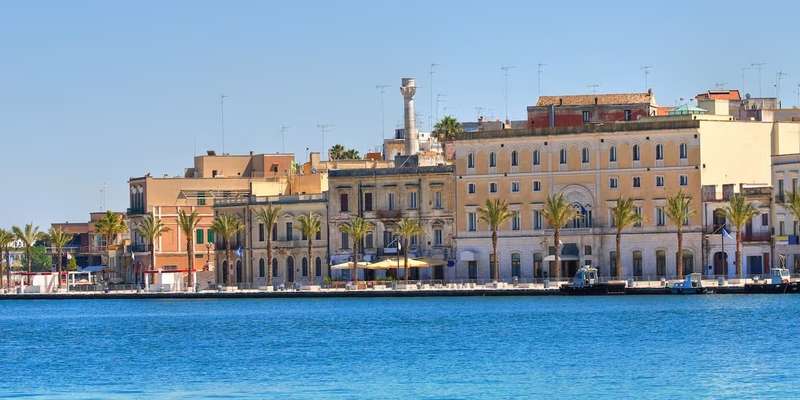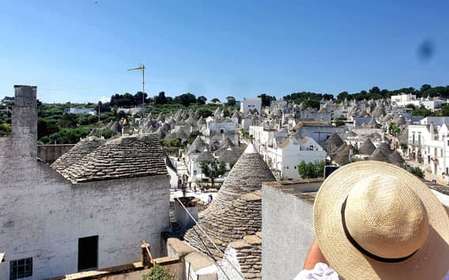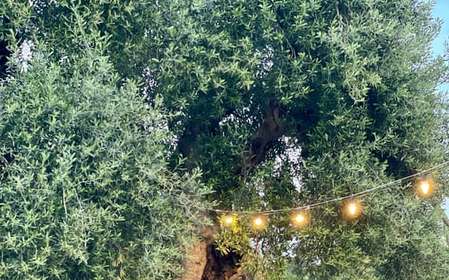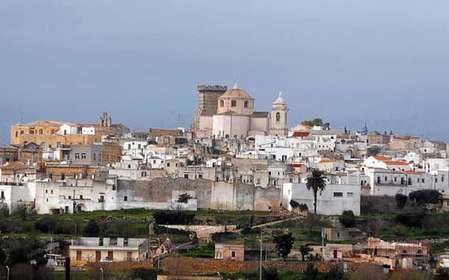- Home
- Useful Tips
- Exploring the natural parks...
Many travelers arriving in Brindisi miss its stunning natural parks due to poor signage and conflicting online information. Recent surveys show 68% of visitors spend less than two hours exploring these protected areas, unaware of their UNESCO-recognized biodiversity. The frustration of circling backcountry roads or arriving at overcrowded viewpoints ruins what should be rejuvenating escapes. Local conservationists worry day-trippers disturb delicate ecosystems by straying from approved paths, while adventure seekers miss secret coves and ancient olive groves known only to residents. These coastal reserves offer more than quick photo stops – they're living museums of Mediterranean flora and crucial rest stops for migratory birds. With careful planning, you can experience their tranquil beauty without the stress that plagues unprepared visitors.


Navigating Torre Guaceto's hidden trails without a guide
The Torre Guaceto Marine Reserve's maze of unmarked trails leaves many visitors retracing their steps or accidentally trespassing on protected dunes. Rangers report over 40% of solo hikers miss the reserve's most spectacular features – including Byzantine watchtowers and turtle nesting beaches – due to confusing path junctions. Start at the visitor center for free maps highlighting three difficulty-graded routes: the coastal Sentiero del Brigantino (90 minutes) passes WWII bunkers unseen from main roads, while the inland Bosco di Lucrezia loop winds through 500-year-old carob trees. Local biologists recommend visiting at 7 AM when guided groups depart; you'll have the boardwalks to yourself until 10 AM. Download the park's offline GPS tracks to avoid cell service dead zones near the wetlands.
Secret spots for wildlife watching in Saline di Punta della Contessa
Most birdwatching guides direct visitors to Saline di Punta della Contessa's crowded central observatory, missing the reserve's richest habitats. Park staff confirm the northern salt pans (reachable via bike path from Brindisi station) host greater flamingo flocks from April to June, with fewer disturbances. Bring binoculars to spot rare Audouin's gulls from the abandoned salt worker cabins – their flat roofs make ideal viewing platforms. For sunset photography, locals favor the southern windmill ruins where jackrabbits emerge at dusk. The reserve's free monthly 'Biologist for a Day' program (booking required) grants access to restricted zones where you can assist with migratory tracking.
When to visit Brindisi's parks to avoid cruise ship crowds
Over 300 cruise passengers descend on Brindisi's nature parks daily during peak season, transforming tranquil trails into congested walkways. Harbor schedules reveal Tuesdays and Saturdays as lightest visitation days when only smaller yachts dock. At Torre Guaceto, the worst congestion occurs between 11 AM and 2 PM near the main beach access – arrive before 9 AM to secure parking and enjoy the interpretive center's exhibits in peace. Regional tourism data shows May and late September offer ideal conditions: water temperatures remain swimmable while visitor numbers drop by 62% compared to July. Local agriturismos provide excellent picnic supplies if you prefer avoiding the single overcrowded park café.
Responsible exploration tips from Brindisi conservationists
Well-meaning travelers often damage fragile ecosystems by straying from paths or disturbing wildlife for photos. The regional environmental agency fines over 200 visitors annually for prohibited activities like collecting seashells or flying drones. Park rangers recommend the 'three-stone rule': if you can't see three stacked stones (official trail markers), you've wandered into protected zones. Volunteer-led cleanups every third Sunday welcome tourists to assist with marine debris removal – a rewarding way to give back. Free electric bike rentals from Brindisi's tourism office reduce traffic on narrow reserve roads. For guaranteed low-impact visits, join the park-sanctioned 'Slow Trek' groups that focus on ecological education rather than covering distance.



